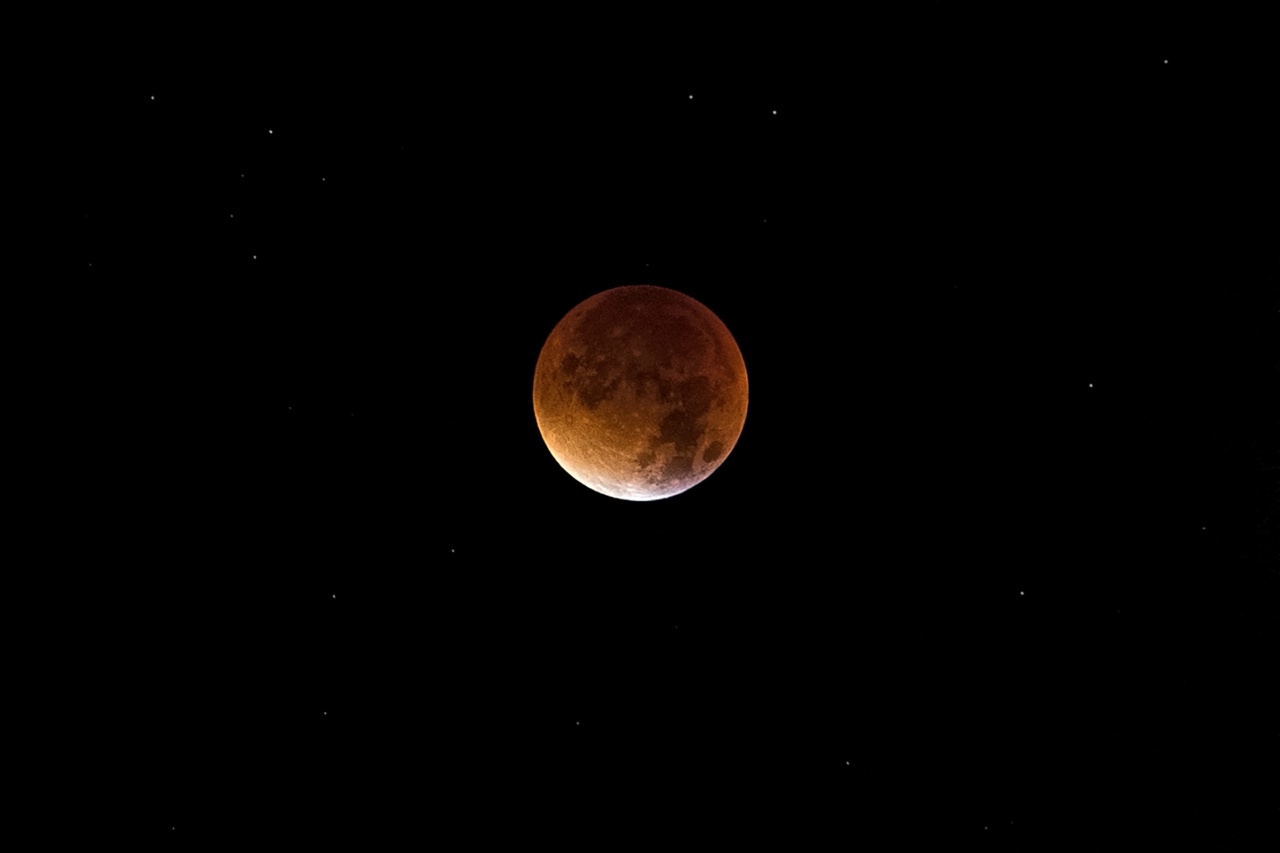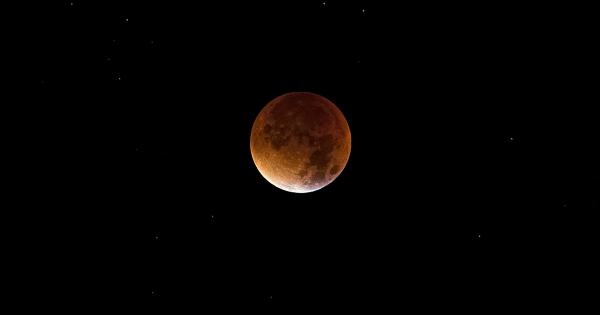On August 21, 2017, the United States experienced a total solar eclipse. For several minutes, the moon passed in front of the sun, casting a shadow over a narrow path of land from Oregon to South Carolina.
It was the first time a total solar eclipse had occurred in the contiguous U.S. since 1979, and the next one won’t happen until 2024. This rare astronomical event captivated people across the country, and for good reason. The solar eclipse is a powerful reminder of just how small we are in the grand scheme of the universe.
What is a Solar Eclipse?
A solar eclipse occurs when the moon passes between the sun and the earth, blocking the sun’s light and casting a shadow on the earth’s surface. There are three types of solar eclipses: total, partial, and annular.
A total solar eclipse occurs when the moon completely covers the sun, casting a shadow on the earth’s surface.
A partial solar eclipse occurs when the moon only partially covers the sun, while an annular solar eclipse occurs when the moon is too far away from the earth to completely cover the sun, leaving a ring of sunlight visible around the moon’s edge.
The Impact on Our View
During a total solar eclipse, the sky goes dark and the stars come out. This can be a surreal and breathtaking experience for those lucky enough to be in the path of totality.
The sun’s corona, the outermost layer of the sun’s atmosphere, is visible as a white halo around the moon. This is an incredible sight to behold, and it’s no wonder that people flock to see total solar eclipses wherever they occur.
However, even those outside the path of totality can experience a partial solar eclipse. This occurs when the moon only partially covers the sun. While not as dramatic as a total solar eclipse, a partial solar eclipse can still be a memorable experience.
During a partial solar eclipse, the sun appears as a crescent shape, with the moon covering a portion of the sun’s disk. This can create interesting patterns of light and shadow on the ground, as well as unusual colors in the sky.
The Science behind the Solar Eclipse
The solar eclipse is not just a beautiful spectacle; it’s also a valuable opportunity for scientists to study the sun and the earth’s atmosphere.
During a total solar eclipse, scientists can observe the sun’s corona, which is normally too dim to see against the brightness of the rest of the sun. By studying the corona, scientists can learn more about the sun’s magnetic field and how it affects the space around it.
Solar eclipses also provide an opportunity to study the earth’s atmosphere. During a total solar eclipse, the temperature on the earth’s surface can drop by several degrees.
This is because the sun’s energy is blocked by the moon, preventing it from heating the earth’s surface. Scientists can use this change in temperature to study the earth’s atmosphere and how it responds to changes in solar radiation.
The Cultural Significance of Solar Eclipses
Solar eclipses have been observed and recorded by humans for thousands of years. In many cultures, solar eclipses were seen as omens or portents of disaster.
In ancient China, for example, solar eclipses were believed to be caused by a dragon that was eating the sun. To scare away the dragon, people would make loud noises and bang on pots and pans.
Today, solar eclipses are still seen as a powerful and awe-inspiring event. They remind us of the incredible power and beauty of the natural world, and they inspire us to look up and contemplate our place in the universe.
Conclusion
The solar eclipse is a rare and beautiful event that captures the imagination of people everywhere.
Whether you’re in the path of totality or just experiencing a partial eclipse, the solar eclipse is a powerful reminder of our place in the universe. By studying the sun and the earth’s atmosphere during a solar eclipse, scientists can learn more about the world around us.
And by experiencing the eclipse for ourselves, we can gain a deeper appreciation for the natural world and our place in it.































